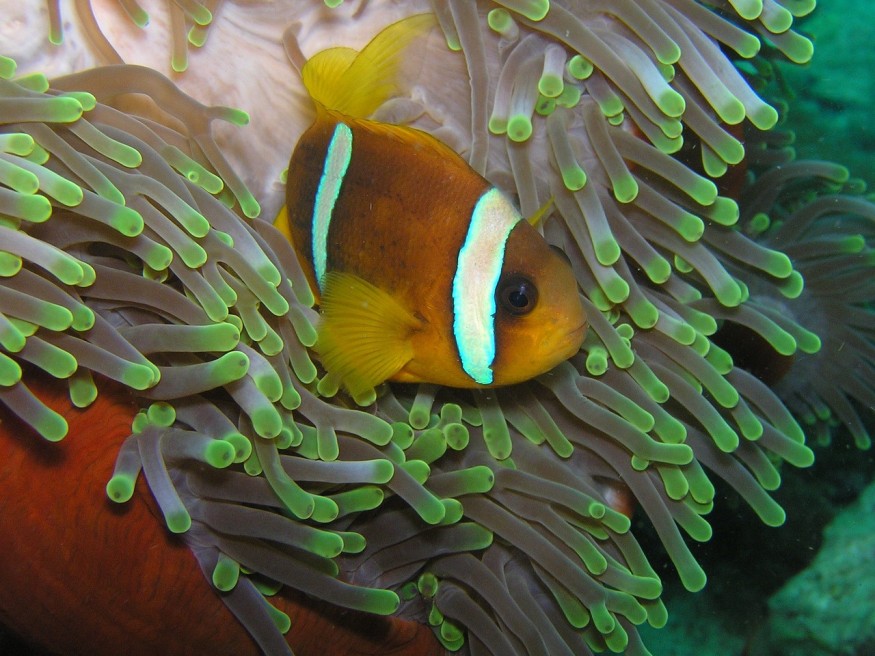
There are certain animals that work together in a symbiotic relationship that mutually benefits them.
Symbiotic Relationship Explained
A symbiotic relationship refers to an association shared by different animal species.
This relationship comes in three different forms, namely, parasitism, commensalism, and mutualism. A parasitic relationship happens when one species benefits from the relationship while the other is harmed. Commensalism refers to when one species benefits while the other does not. In commensalism, the species that does not benefit is not harmed. In the case of mutualism, both species benefit from each other.
When it comes to mutualism, there are two types that take place among animals.
Facultative mutualism refers to when both species benefit but can manage without each other, while obligate mutualism refers to when both of them depend on their shared interaction.
Read also: Symbiotic Relationship: Legume Roots Have Protein That Help Them Find Their Partner Bacteria
Animals With Mutualism
Some animal species share a mutualistic relationship with others. These include the frog and tarantula, the warthog and mongoose, the anemone and clownfish, and the ox and oxpecker.
Tarantulas and Frogs
Microhylid frogs enjoy mutualism with massive tarantulas. These frogs dwell in the Americas, Africa, Asia, and Madagascar. More than 570 different species exist.
It has been observed by scientists that several species actually cohabit with massive predatory tarantulas. This is because the tiny frogs get protected by the spiders from arthropod, bird, and snake predators. Moreover, ants are also attracted to the eggs of the spider. With this, experts believe that spiders tolerate the presence of these frogs. There were even cases where the tarantulas examined and released these frogs.
Warthog and Mongoose
These two species benefit each other when it comes to predatory parasites. Warthogs lay down when mongooses are near them so that these mongooses can climb over them and get ticks. In return for this, mongoose get to feast on ticks while being protected from predators like birds and snakes.
Such a behavior has been regularly seen in the Queen Elizabeth National Park of Uganda. It comes as a surprise since warthogs are not trusting creatures.
Clownfish and Anemone
While sea anemones may have the appearance of flowers, they are actually marine creatures loaded with strong neurotoxins in their tentacles. They prey on certain crustaceans and fish.
Interestingly, anemones have been observed to build links with clownfish, who have a certain immunity towards their toxins. Clownfish dwell inside the tentacles of the anemone. In return, they consume parasites, drop small prey pieces, and grant the anemone poop that is nutritious.
This mutualistic relationship between the species has also led clownfish to be called anemonefish.
Ox and Oxpecker
Oxpecker birds with red and yellow bills spend much of their time sitting on massive mammals, including oxen, wildebeests, zebras, and rhinos.
The birds feast on parasites, such as ticks. This makes the parasite burden on the mammals significantly reduced. Aside from this, their keen eyesight also alerts them when a predator comes onto the scene.
However, there are times when the birds end up digging into the skin. This could lure in flies that lay eggs and cause infections.
RELATED ARTICLE : Did This Coral Just Swallowed an Algae? New Marine Symbiosis Observed for First Time
Check out more news and information on Animals in Science Times.
© 2025 ScienceTimes.com All rights reserved. Do not reproduce without permission. The window to the world of Science Times.












